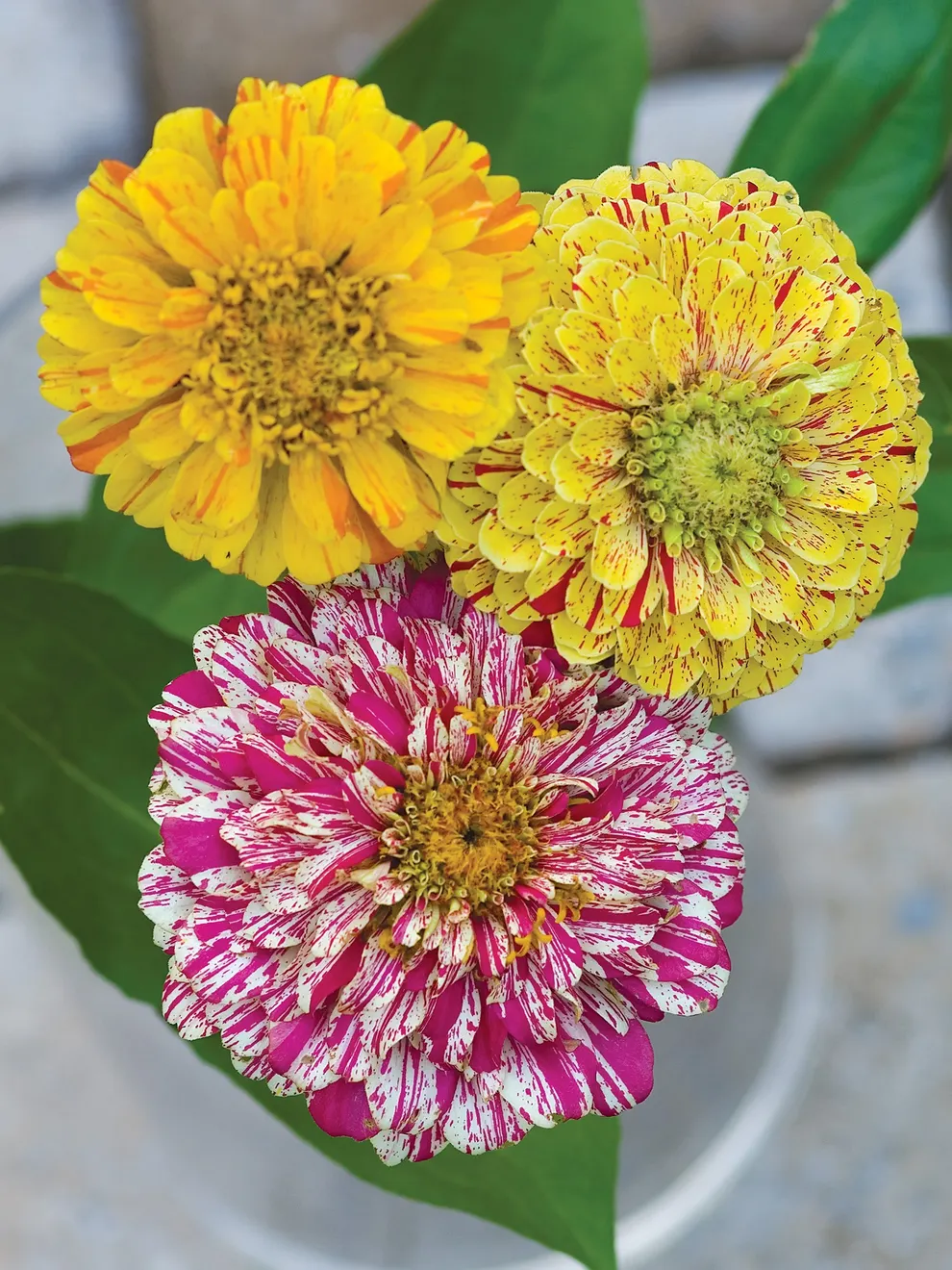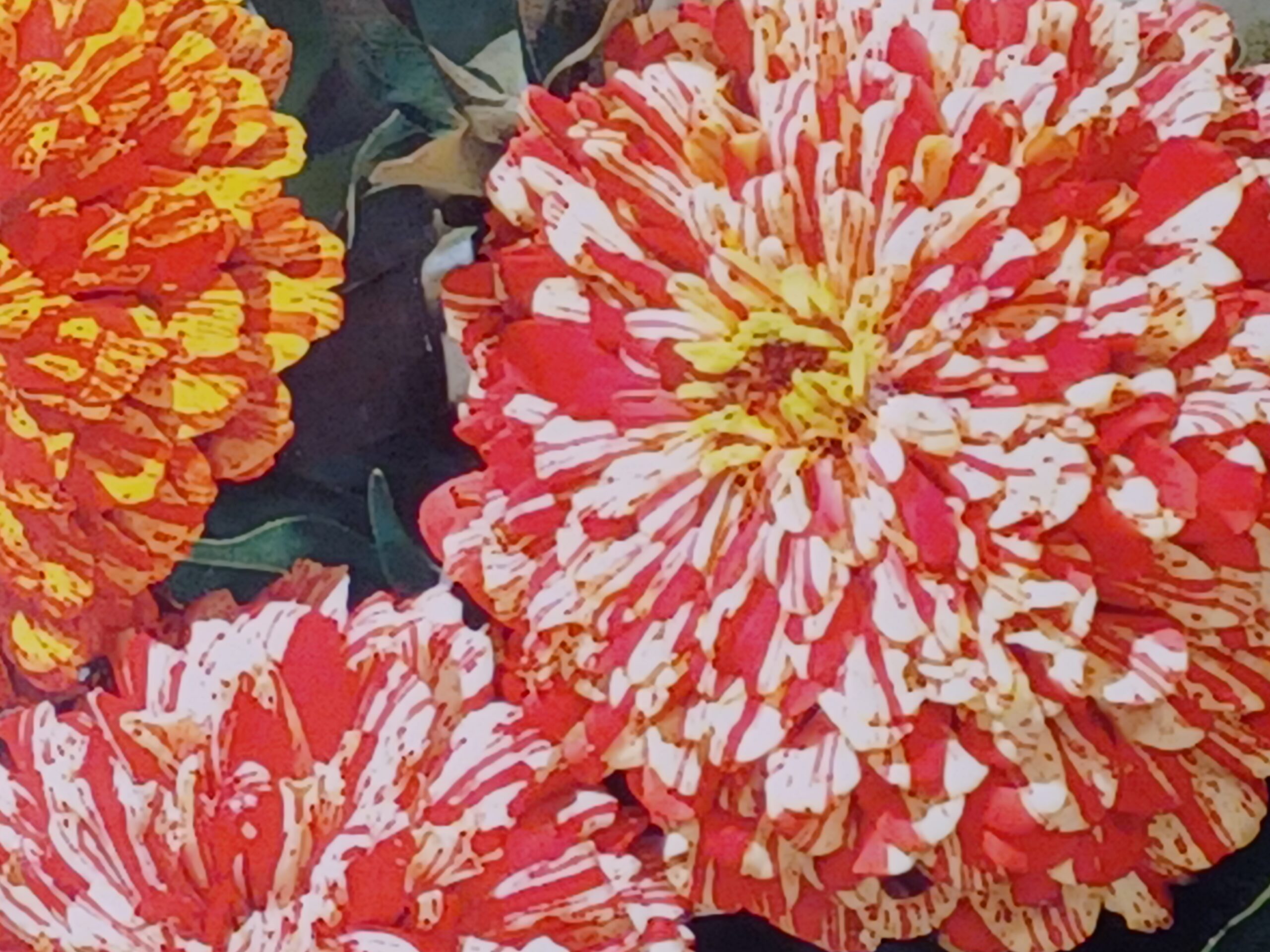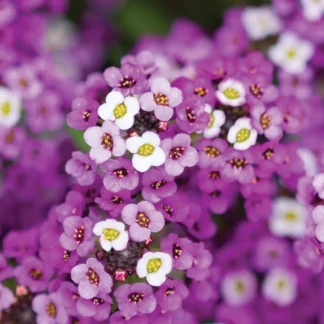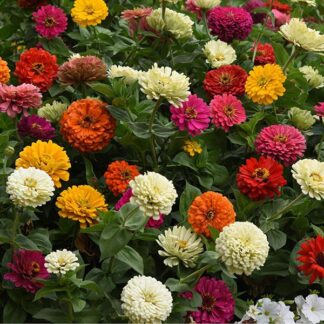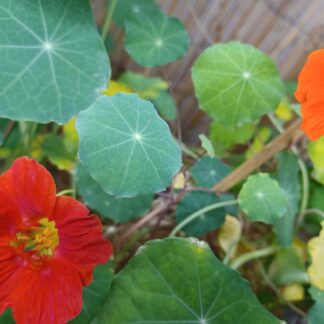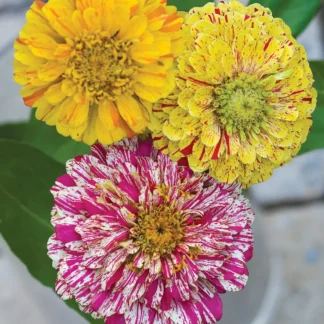FAQs
Can I grow zinnias as a houseplant?
Zinnias require full sun and hot temperatures to grow well and may not perform well in many homes. Shorter varieties may be tried in a warm sunroom during the summer.
How do I condition my cut zinnia flowers?
Bring a bucket of water with you to the garden when you cut your flowers and put them in the water as soon as you cut them. This will allow them to take up water through the freshly cut stem. Cut on an angle to give more surface area for the water to be taken up. Keep them out of the direct sun.
Do I need to stake my zinnias?
Taller varieties may benefit from staking, especially if they are in a windy area.
Why are my zinnias tall and thin with much smaller flowers than expected?
If zinnias are planted too closely together they will produce tall plants and much smaller flowers. Always follow the recommended spacing on the planting instructions.

